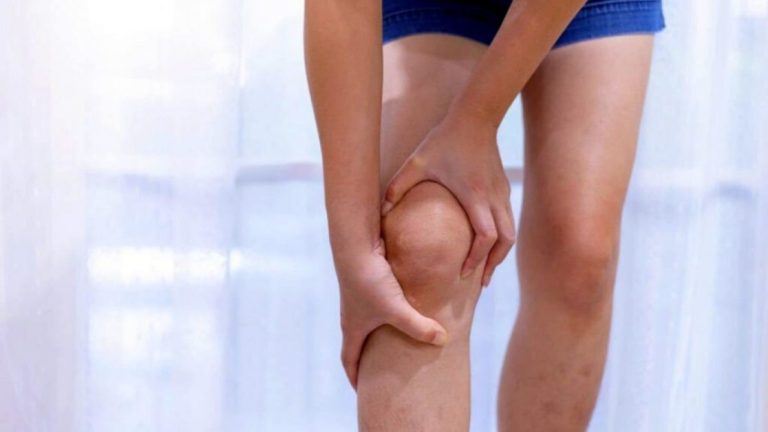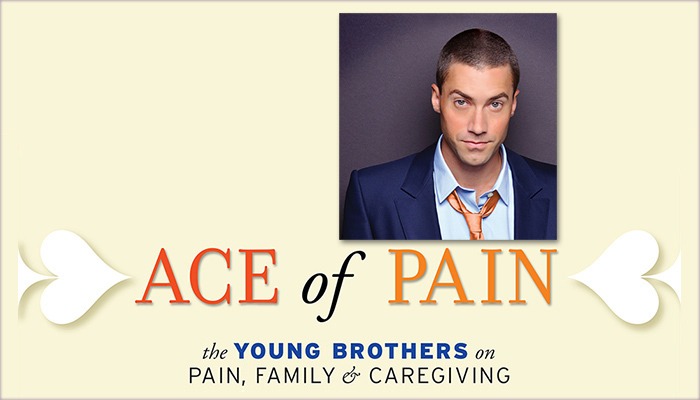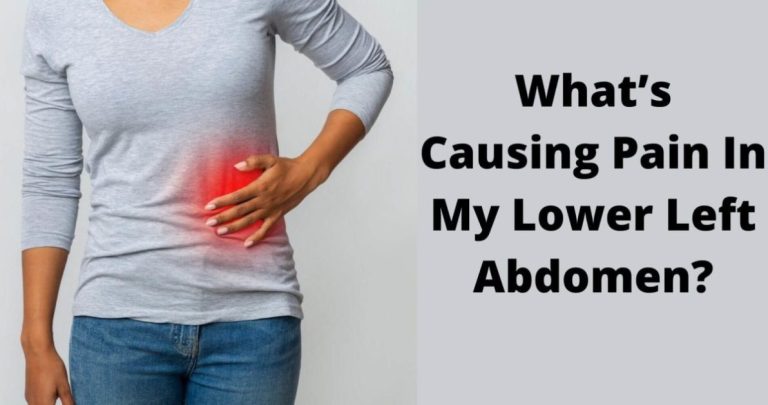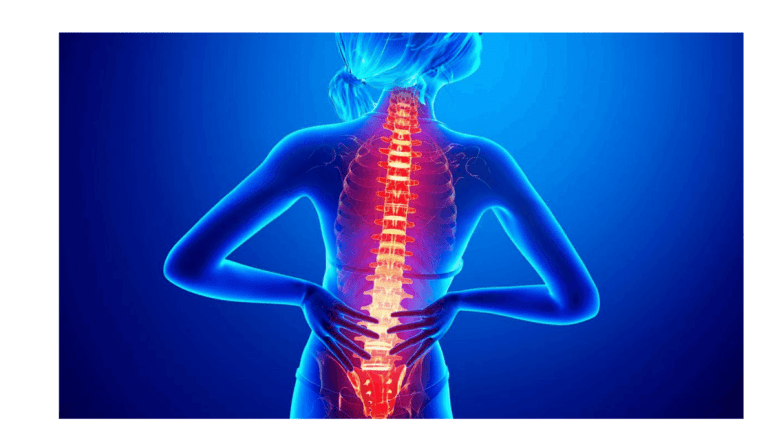Virtual Reality For Pain Management

“It’s better than drugs.
Dr. Diane Gromala, PhD, directs the Pain Studies Lab and the Chronic Pain Research Institute
This was how a pioneering scientist and professor described her first experience with virtual reality. Dr. Diane Gromala, a chronic pain sufferer since 1984, took MRI data of her torso and made it into a 3D simulation to try to understand why she had ongoing pain. Because of virtual reality’s ability to fly and go upside-down, she felt strange but wonderful sensations. Afterward, she noticed that she had forgotten about her pain, and it wasn’t as intense as it had been.
That’s when she realized this technology was exceptional and that virtual reality for pain management had true potential. Ever since then, Dr. Gromala and her team at the Pain Studies Lab have been researching the way in which virtual reality might help alleviate pain by working with pain doctors and their patients.
Virtual Reality and Its Early Application for Acute Pain Sufferers
Dr. Gromala’s expertise is in computer science and design in the subfield of human-computer-interaction (HCI), which looks at the way humans interact with computers and develops technologies to allow these interactions with computers to solve specific problems. Early in her career, she had the opportunity to be one of the first people in North America to use the then-new immersive virtual reality (VR).
VR is a form of technology and media that is very experiential – one of the reasons that as an HCI specialist, Dr. Gromala finds it so fascinating. While an important part of the future of product design, VR simulations also have an application for pain sufferers.
A decade after researchers outside of the military were testing VR, a researcher in the lab where Dr. Gromala was working discovered that VR reduced self-reports of acute pain among burn patients. And among some, reduced their need for opioids by half.
“That’s still astounding”, Dr. Gromala comments. “So in a sense, the kinds of experiences one can have in VR might be likened to pharmaceuticals. I am constantly approached by pharma companies who are interested in VR, and study after study since 1999 have demonstrated that VR does have an effect on pain, so much so that it’s been termed a ‘non-pharmacological analgesic’.”
The Science Behind Virtual Reality
Researchers don’t know exactly how virtual reality impacts pain. Some suggest it works as a powerful form of “pain distraction”. Consider how you can almost forget how bad your pain is when you are absorbed in a really good movie, concert or conversation. Other theories suggest that VR might affect the “gating” system of how pain is transmitted to the brain and processed by the brain. Some have proposed that VR can help interfere with how pain is processed in the brain and/or central nervous system.
Still, other theories point to well-known studies, such as with phantom limb pain that show how humans have sensory maps. Dr. V.S. Ramachandran found that if he gave his patients a mirror and positioned them so that it appears that they have both arms, it was enough input to their body map to relieve phantom limb pain — at least for several months.
Can we normalize the ways that chronic pain patients breathe, or how they unconsciously change their posture to “guard” their pain, to give them some degree of pain relief? Dr. Gromala and her team are excited to explore these theories and appreciate that pain experts are open to non-medical researchers searching for answers.
Virtual Reality for Acute Pain Versus Chronic Pain
According to Dr. Gromala, there is no doubt that VR works well for acute pain.
“Acute pain — compared to chronic and cancer pain — is relatively easy because it IS acute. That is, it subsides. The tougher problems are with chronic pain and cancer pain. Chronic pain is what computer scientists might call ‘a wicked problem’ with many unknowns and variables.”
Chronic pain has so many unknowns that it tends to scare off researchers who have to demonstrate results. As yet, there are no known causes of chronic pain and no cure, though there are an increasing number of researchers around the world who are devoted to that and are making intriguing discoveries. For researchers like Dr. Gromala, though, that’s exactly the kind of problem that’s worth devoting one’s professional life to – and it’s the perfect time to take on such a challenge.
“Health care systems weren’t made to handle chronic diseases, but the more recent emphasis on patient-centered care means that technology can help patients to better manage their chronic conditions.“
Cost and Outcome Comparison to Standard Medicine
Because “standard pain management approaches” are quite diverse and VR is so new, it’s a difficult question to answer how VR stacks up, especially in the long term. Early results from clinical trials are promising, and technology will become cheaper and cheaper the more widespread its adoption. A particular area of potential for better and lower-cost outcomes is within the opioid crisis.
While Dr. Gromala acknowledges that opioids have their place, she also believes that any tool she can offer patients to better manage their pain that isn’t an opioid is important. Since the late 1990s, some studies have shown that VR reduced the need for opioids in patients who had acute pain and who used VR during very painful procedures.
“If we can achieve the same results for chronic pain, that would be a game changer,“ she states.
RELATED: When Your Doctor Says No: Tips For Surviving The Opioid Crackdown
Getting the Medical Community On Board with VR
The medical community has been surprisingly positive about VR. For acute pain, VR has become commercially available in the last two years or so. It will take a little more time for VR for chronic pain to become accessible, but it’s already in the hands of some pain experts. The technology is still not as stable as Dr. Gromala’s team would like, and it’s incredibly expensive to develop what she refers to as “content.” But VR researchers, pain doctors and other health providers have been forming networks to speed up development and access.
“Based on the response I have when I present my research at medical and especially pain conferences, there’s a lot of enthusiasm for VR. Now we have to do the hard work of figuring out how to integrate VR in health care systems,” states Dr. Gromala.
How a Pain Sufferer Can Get Access to VR
There are a growing number of researchers who are just now conducting clinical trials of VR for chronic pain. For the past few years, Dr. Gromala has conducted clinical trials with pain physicians and now has a large, longitudinal study for people who live with chronic pain using VR in their homes. Commercialization is on the horizon, but in the meantime, she has been releasing a handful of her VR systems to pain experts so their patients can use it for free. She’s also partnering with companies in Seattle and Palo Alto who, like me, are trying to keep VR accessible and not just another expensive technology. Cost and accessibility are always foremost in her mind.
“For me, it’s important for patients to access a tool they can use for their toolbox of managing their pain because I know how frustrating and hopeless chronic pain can be,”
says Dr. Gromala
While in its early days, she thinks VR is really promising as ONE way for people who suffer from chronic pain to manage their pain. To her, there is definitely hope – something that isn’t standard in chronic pain research. And she intends to keep working on the effectiveness and access to VR technology for pain sufferers.
Visit the Pain Studies Lab project page for profiles on some of the virtual reality projects undertaken by Dr. Gromala and her team.
PainPathways Magazine
PainPathways is the first, only and ultimate pain magazine. First published in spring 2008, PainPathways is the culmination of the vision of Richard L. Rauck, MD, to provide a shared resource for people living with and caring for others in pain. This quarterly resource not only provides in-depth information on current treatments, therapies and research studies but also connects people who live with pain, both personally and professionally.
View All By PainPathways






